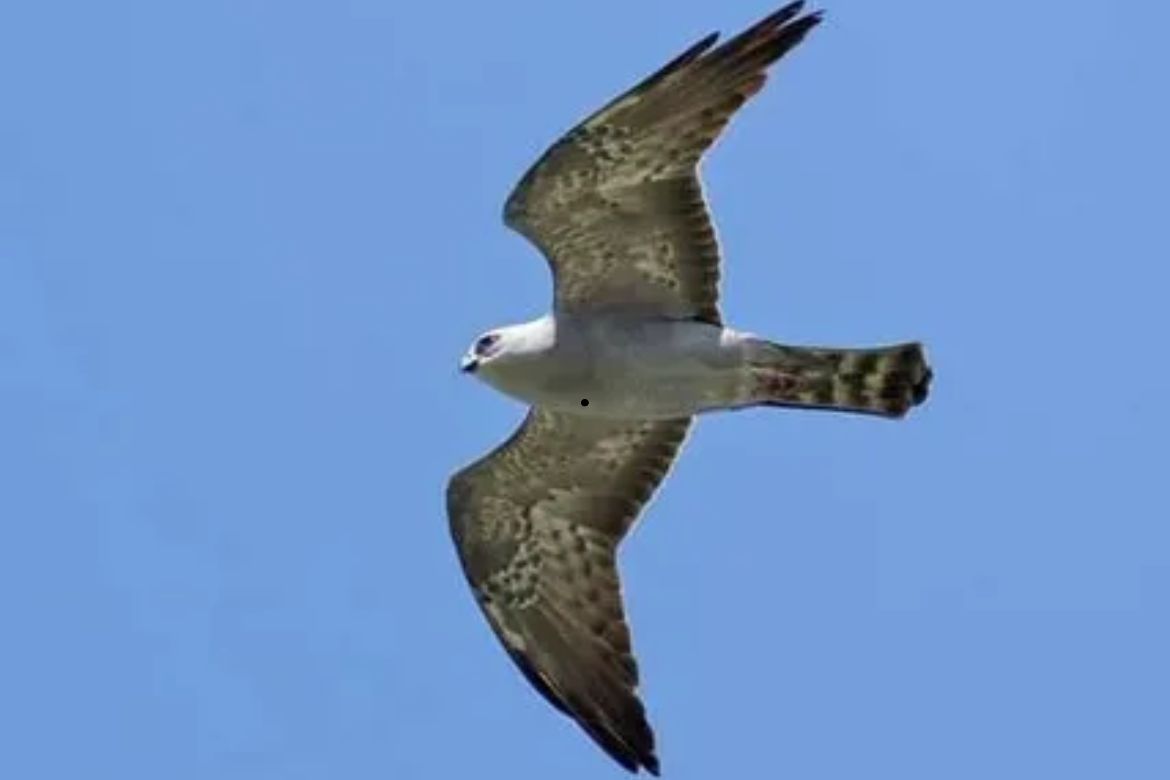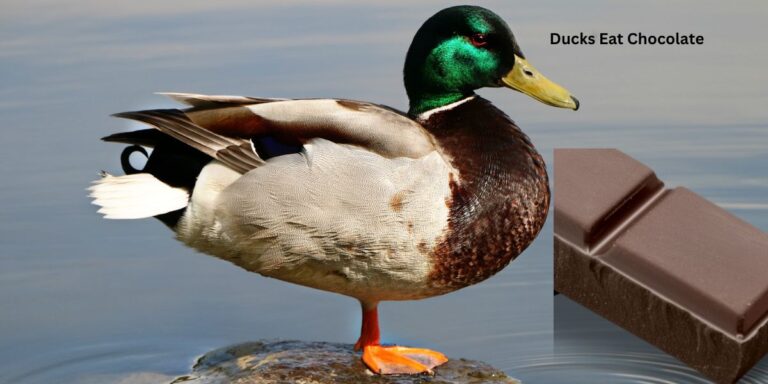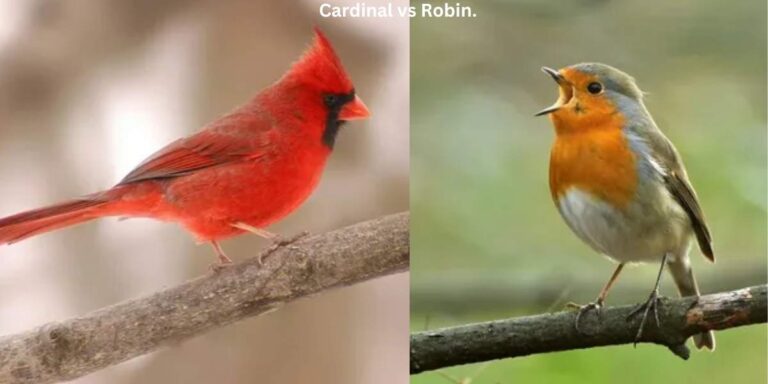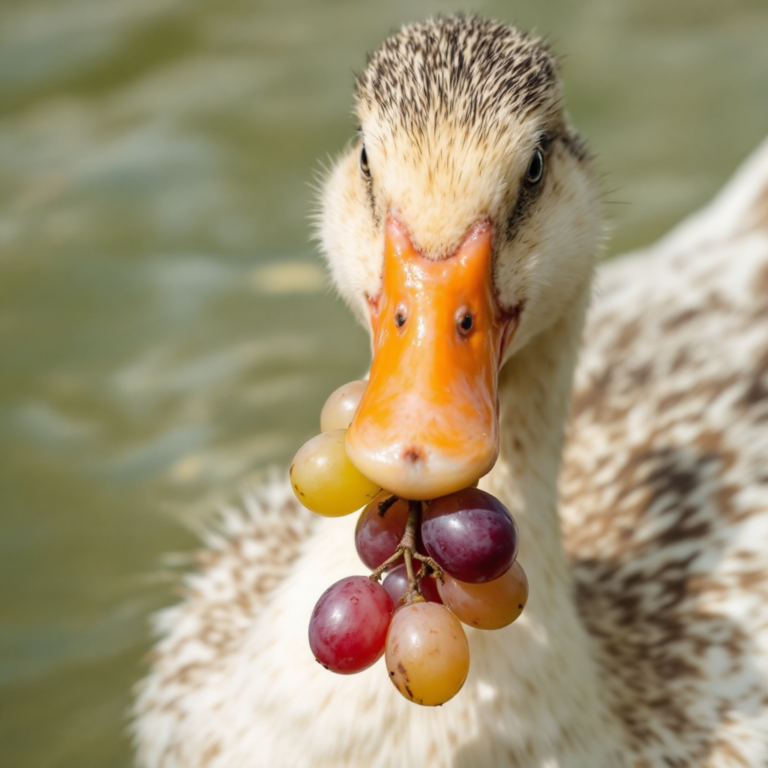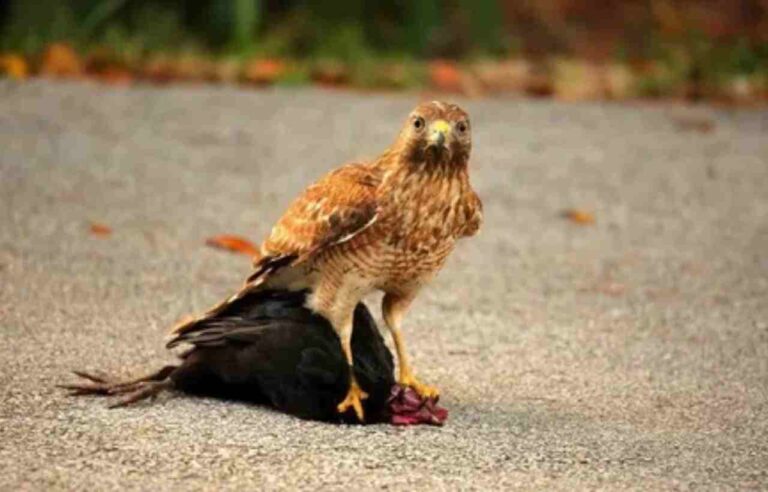Missouri Birds: A Comprehensive Guide to the State’s Avian Diversity
Missouri, nestled in the heart of the United States, is home to a vast array of bird species, thanks to its diverse habitats, including woodlands, wetlands, grasslands, and urban areas. From migratory visitors to resident species, the state boasts an impressive variety of birds that attract birdwatchers, researchers, and nature enthusiasts. This article explores the rich avian diversity found across Missouri, delving into the state’s native species, migratory patterns, and efforts to preserve bird populations.
1. The Importance of Birds in Missouri’s Ecosystem
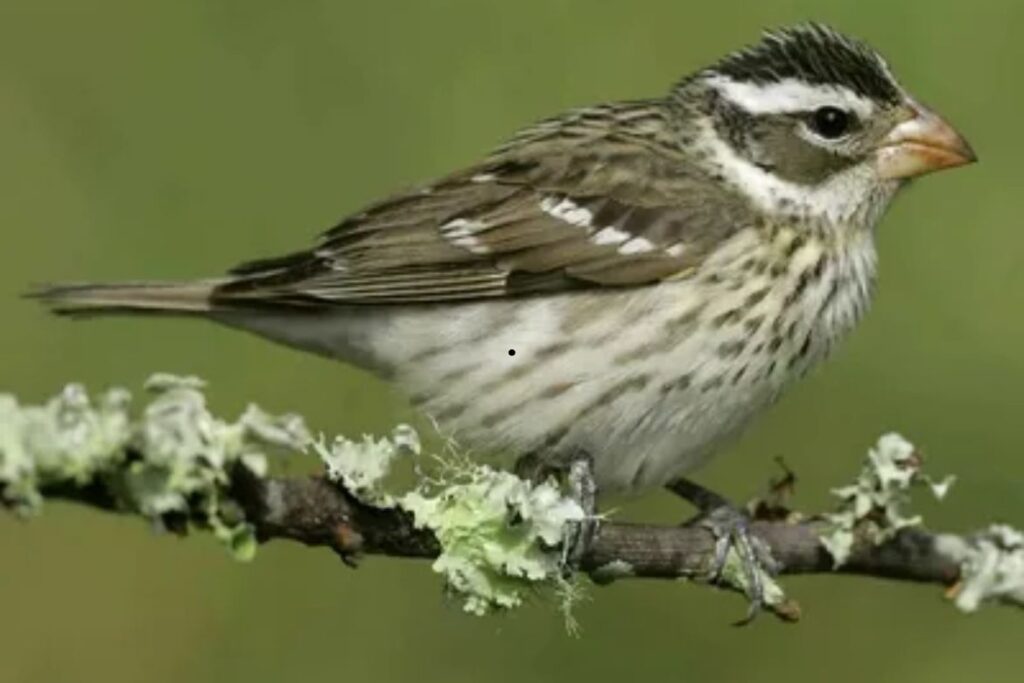
Birds play a crucial role in Missouri’s ecosystem. They help control insect populations, disperse seeds, pollinate plants, and maintain the balance of various ecosystems. Missouri’s range of habitats supports birds at every stage of their life cycle—from breeding to migration. The state’s rich diversity provides important breeding grounds for both permanent residents and migratory species.
2. Native Bird Species of Missouri
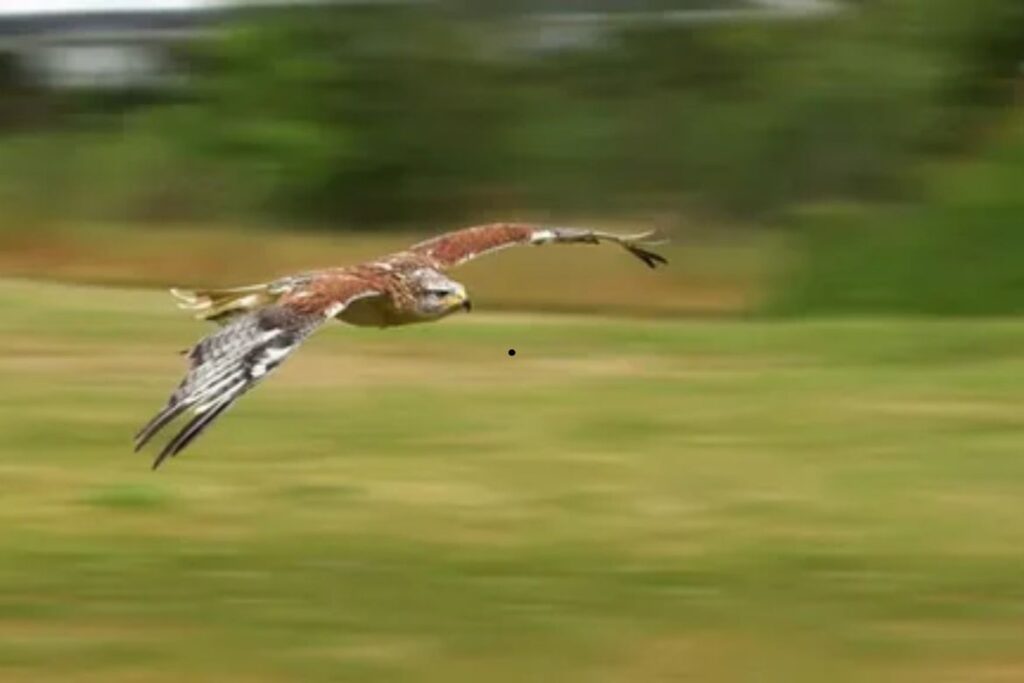
Missouri is home to more than 300 bird species, with around 100 of them being permanent residents. These birds vary in size, color, and behavior, and many have adapted to Missouri’s four distinct seasons.
Explore more info about: How Many Crows Make A Murder?
a. The Eastern Bluebird (Sialia sialis)
The Eastern Bluebird is one of Missouri’s most iconic birds. Known for its brilliant blue plumage and cheerful song, this small thrush is a symbol of happiness. Bluebirds are cavity-nesting birds, often choosing to nest in tree hollows or man-made birdhouses. They are typically seen in open fields and woodland edges, where they hunt insects and berries.
b. The Northern Cardinal (Cardinalis cardinalis)
The Northern Cardinal, with its striking red plumage and distinct crest, is another familiar bird species in Missouri. Cardinals are non-migratory and are year-round residents of Missouri. These birds are frequently found in forests, backyards, and shrublands, where they feed on seeds, fruits, and insects. The male cardinal’s bright coloration and melodic song make it a favorite among bird watchers.
Explore more info about: what do bichon frise usually die from?
c. The American Robin (Turdus migratorius)
The American Robin, often seen hopping around lawns and parks, is Missouri’s state bird. Known for its orange-red breast and melodious song, the robin is a harbinger of spring. It is a ground-feeding bird, primarily eating worms, insects, and fruits. Robins are common throughout Missouri and are often seen migrating in flocks during the fall.
d. The Red-tailed Hawk (Buteo jamaicensis)
The Red-tailed Hawk is a large, powerful bird of prey commonly found soaring over Missouri’s open fields and forests. Its distinctive red tail, from which it gets its name, is often visible when it glides in search of prey. These hawks primarily hunt small mammals and birds, using their keen eyesight to spot prey from high altitudes.
Explore more info about: can chickens eat broccoli?
3. Migratory Birds in Missouri
In addition to the resident bird species, Missouri is also a critical stopover point for migratory birds traveling along the Central Flyway. The state’s rivers, wetlands, and forests provide vital resting and feeding areas during migration. Many birds pass through Missouri Bird on their way to breeding grounds in the north or wintering habitats in the south.
a. The Canada Goose (Branta canadensis)
One of the most recognizable migratory birds in Missouri Bird is the Canada Goose. With its black head, white chinstrap, and large size, this goose is often seen flying in characteristic V-shaped formations during its migration. The Canada Goose typically migrates between Canada and the northern United States during the fall and spring, with large numbers stopping in Missouri’s wetlands and lakes.
b. The Sandhill Crane (Antigone canadensis)
Every year, the Missouri Bird River and surrounding wetlands become a key stop for the Sandhill Crane during its migration. These large, graceful birds, with their long legs and necks, travel from breeding grounds in the northern U.S. and Canada to wintering grounds in the southern U.S. Missouri Bird offers a critical refuge for cranes, especially at locations like the Squaw Creek National Wildlife Refuge, where thousands of cranes stop to rest and feed.
c. The Ruby-throated Hummingbird (Archilochus colubris)
The Ruby-throated Hummingbird is one of the smallest birds to visit Missouri Bird during its migration. Known for its iridescent green and red plumage, this tiny bird travels between North America and Central America. Missouri is an essential stop for these hummingbirds during their long migration, and they are often seen in backyards where they feed on nectar from flowers and bird feeders.
d. The American Woodcock (Scolopax minor)
The American Woodcock, often referred to as the “timberdoodle,” is another migratory bird that passes through Missouri Bird in spring and fall. This small, plump bird is known for its dramatic courtship flight display, which consists of a series of zigzagging loops and aerial twirls. The woodcock is typically found in wet meadows and woodlands, where it feeds on earthworms and insects.
4. Birds of Prey in Missouri
Missouri Bird is home to several species of birds of prey, including hawks, eagles, and owls. These birds are at the top of the food chain and are known for their keen eyesight and hunting prowess.
a. The Bald Eagle (Haliaeetus leucocephalus)
The Bald Eagle, a national symbol of the United States, is a winter resident of Missouri. These large raptors are commonly found near lakes, rivers, and reservoirs, where they hunt for fish. Missouri provides important wintering grounds for Bald Eagles, especially along the Mississippi River, where they can be seen perched in tall trees or soaring over the water in search of food.
b. The Barn Owl (Tyto alba)
The Barn Owl is one of the most widespread owl species in Missouri. Recognizable by its heart-shaped facial disk and ghostly appearance, this nocturnal bird is known for its silent flight and efficient hunting skills. Barn Owls are often found in rural areas, hunting small mammals such as rodents in fields, pastures, and farmlands.
c. The Great Horned Owl (Bubo virginianus)
The Great Horned Owl is another prominent predator in Missouri. Named for the tufts of feathers on its head that resemble horns, this owl is one of the most adaptable raptors in the state. Great Horned Owls are nocturnal hunters, preying on a wide range of animals, from small mammals to other birds. They are often heard hooting in the night, with their distinctive “who’s awake” call.
5. Habitat Conservation and Birdwatching in Missouri
As more habitats are threatened by urban development and agriculture, it is essential to protect the natural environments that birds rely on for breeding, migration, and foraging. Several organizations and government agencies are working to conserve Missouri’s bird habitats, including the Missouri Department of Conservation (MDC) and the Audubon Society.
a. Conservation Efforts
Efforts to protect Missouri’s bird populations have led to the establishment of wildlife reserves, wetlands restoration projects, and bird monitoring programs. The MDC manages a wide range of conservation programs that help safeguard important bird habitats and promote sustainable land-use practices. The establishment of the Missouri Bird Conservation Initiative (MBCI) has been instrumental in coordinating conservation efforts across the state.
b. Birdwatching in Missouri
Missouri Bird offers countless opportunities for birdwatchers to enjoy the state’s diverse avian life. Popular birdwatching destinations include the Ozark National Scenic Riverways, Mark Twain National Forest, and the Swan Lake National Wildlife Refuge. Additionally, the state’s numerous state parks and local nature reserves provide ample opportunities to see a wide range of bird species, from migratory waterfowl to resident songbirds.
6. Conclusion
Missouri’s rich avian diversity makes it a haven for bird enthusiasts and nature lovers alike. Whether it’s spotting a rare migratory species or observing a familiar backyard bird, the state’s birds provide not only aesthetic enjoyment but also a vital ecological service. By protecting their habitats and promoting conservation efforts, Missouri Bird ensures that future generations can continue to appreciate and learn from the incredible bird species that call the state home.
Through birdwatching, education, and conservation, we can deepen our understanding of these fascinating creatures and the important roles they play in maintaining the balance of our ecosystems. The birds of Missouri Bird are not only an integral part of the state’s natural heritage but also an invaluable resource for future generations to appreciate and protect.
- Mexican Red Headed Bird: A Brilliant Avian Wonder - January 16, 2025
- Can Turkeys Eat Bread? - January 15, 2025
- crocodile and plover bird relationship articles for students - January 12, 2025

